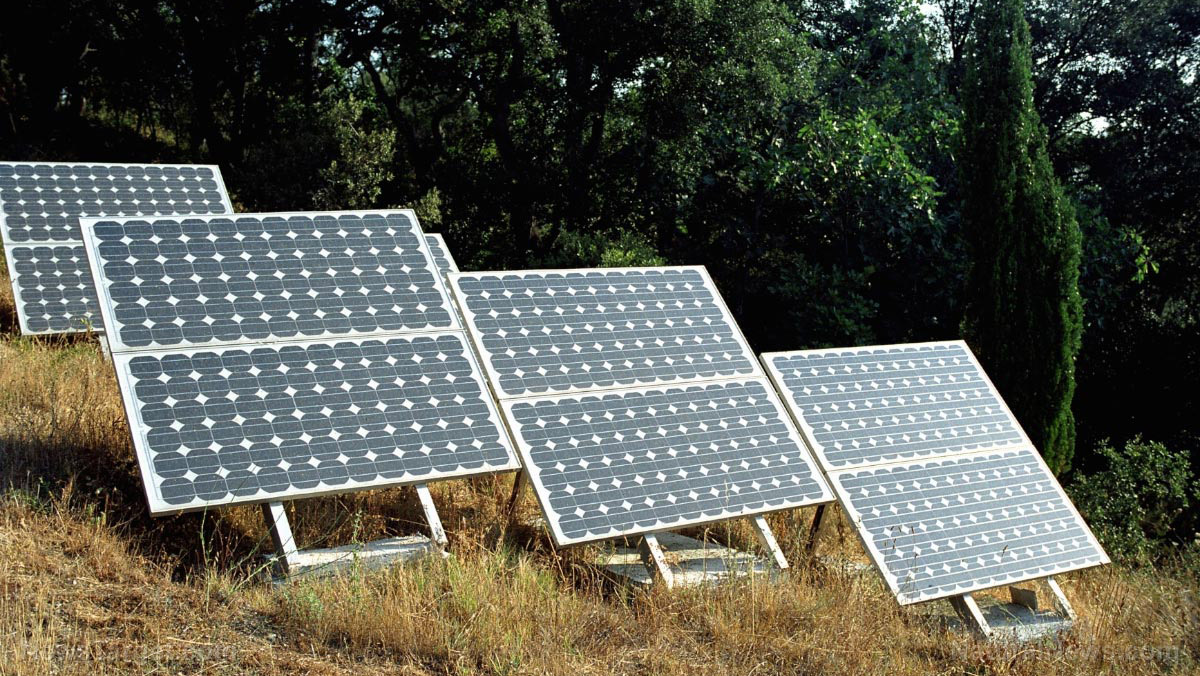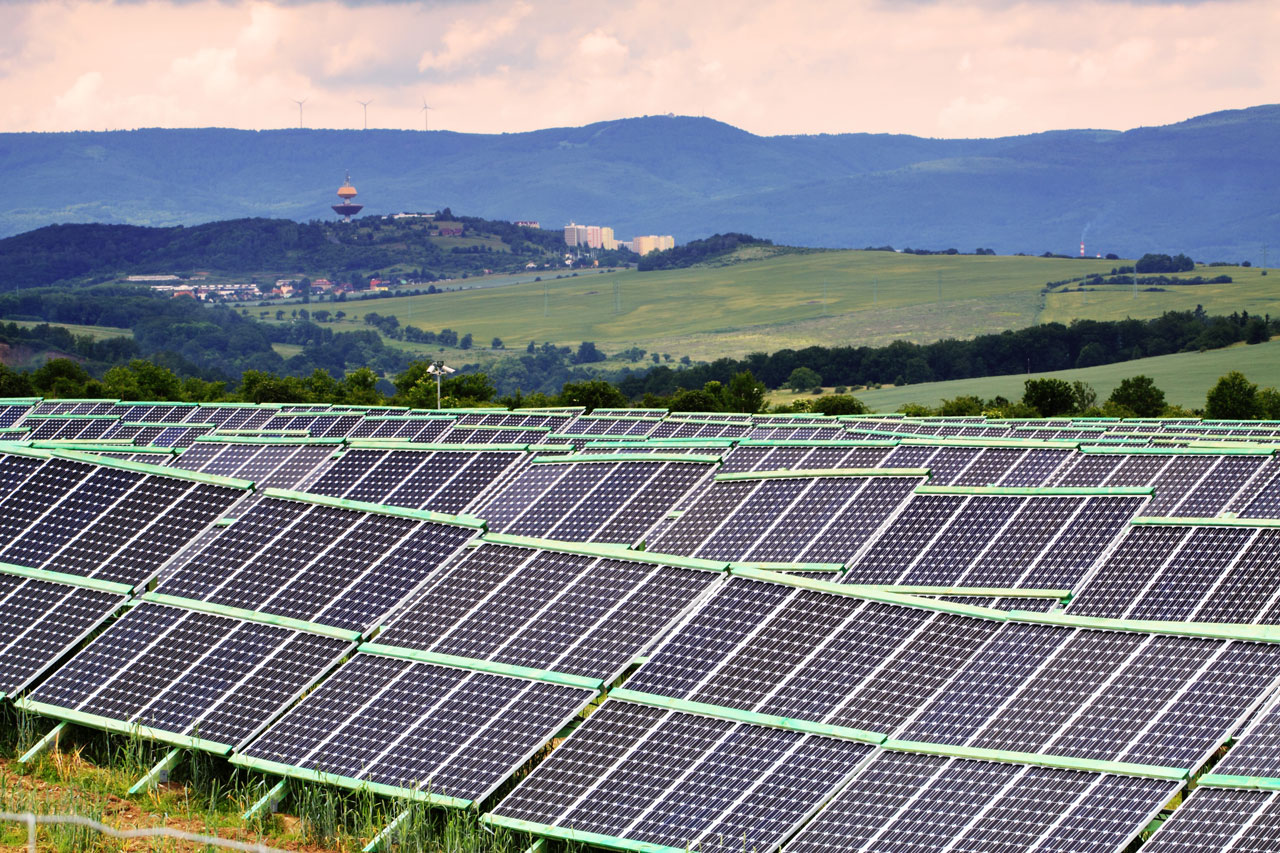Be your own generator: New technology converts energy from bloodflow into electricity
09/13/2017 / By Jhoanna Robinson

Dams and huge turbines are built to convert the water energy that waterfalls and rivers have into electricity. In order to manufacture that kind of energy on a far smaller scale, Chinese scientists are working on a lightweight power generator which is based on carbon nanotube fibers that can convert even the energy of the blood coursing through our veins into electricity.
Hydropower is an efficient means of generating electricity via renewable resources means, even more so than solar or wind energy, as hydropower is not dependent on the weather, but using your own bloodstream as an energy source?
This means the world, as it affords you the possibility of powering electrical devices just by being alive. You can harness your body’s ability to produce electricity in the form of signals. Goodbye, chargers and power banks!
A team of scientists from the Laboratory of Advanced Materials at Fudan University in Shanghai, China, in a paper that was published in Angewandte Chemie, said they were able to develop a lightweight power generator that is less than a millimeter in thickness, and therefore can fit into a blood vessel.
The thread, a long, delicate fiber that the study authors called “fiber-shaped fluidic nanogenerator” (FFNG), was inserted to electrodes and submerged into flowing water or was just dipped into a saline solution. “The electricity was derived from the relative movement between the FFNG and the solution,” the scientists said.
Huching Peng and his colleagues wrapped a group of carbon nanotubes around the core of the polymer of the FFNG. An electrical double layer then envelops the fiber, and then the flowing solution distorts the symmetrical charge distribution, creating an electricity gradient along the long axis.
The reason for choosing carbon nanotubes is because they are electroactive; that is, they make changes in size and shape when given stimulation by an electric field.
FFNG’s power output efficiency of generating electricity is greater than other traditional electricity harvesting mechanisms when it is immersed in a tube surrounded by flowing blood (or saline solution) – it can generate electrical power with a conversion efficiency of 23.3 percent, the researchers said.
The FFNG is also said to have more elasticity, one-dimensionality, tunability, and is more lightweight than other miniature energy-harvesting devices. It can be stretched just by spinning the sheets around an elastic fiber substrate.
Thew researchers are looking into the possibility of developing fibers and clothes that are made from fibers that can generate electricity – just imagine how convenient it would be if you could charge your phone with your shirt, by using the power of your blood. (Related: Emerging green technology to capture ‘waste’ heat and turn it directly into electricity.)
One delightful technical application of the FFNG is the harvesting of electrical energy from the bloodstream for medicinal purposes, which can be used to power pacemakers and deep brain simulation devices for treating Parkinson’s disease. These devices at present need an external battery or surgery to change a battery.
A study of a similar nature had already been initiated earlier: In 2011, a team of Swiss scientists attempted to create nano-scale motors that float in the bloodstream, but the project did not take off as the whole endeavor had the risk of causing blood clots.
Read up on more stories such as this one at FutureScienceNews.com.
Sources include:
Tagged Under: bloodstream, carbon nanotubes, discoveries, electricity, energy, hydropower, inventions, medical science

















